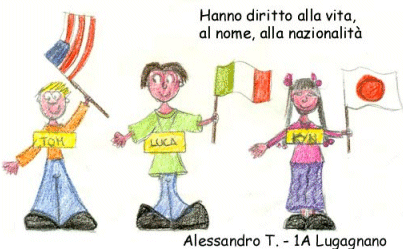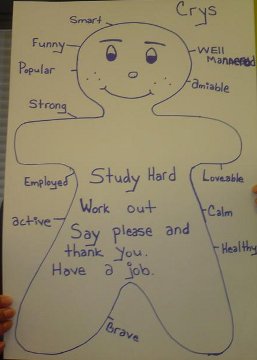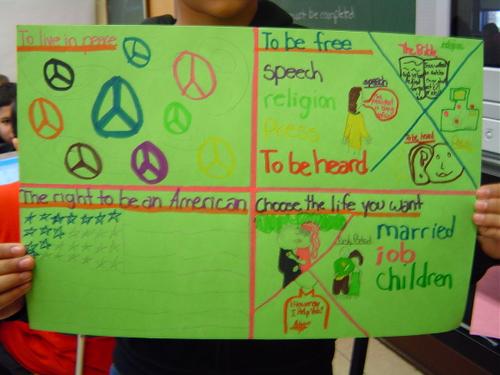Each of the "Questions for discussion" and "Activities" is optional. Decide together with your students which topic to discuss and what activities to run.
Generally the learning project starts with a discussion in the class- room. After discussion, conclusions and ideas are shared in the pages of Kidspace platform to be read, receive comments and feedback from other partners participating in the project.
Step 1: What are my Rights?
1979 was called the "International Year of the Child." During that year a group appointed by the Commission on Human Rights began to draft the articles in the Convention on the Rights of the Child because children need special care by their families and legal protection during childhood.
Each one of us has a responsibility to make sure that using our rights doesn't spoil things for others. Spoiling another's rights is called, "infringing" rights. We don't want to do that because we are trying to protect the rights of others.
Before we look at these articles that the Convention developed let's think about some questions. Talk about the questions together in your classes and tell us what you think. Discussion Questions
- What is a "right?" What rights do you think you have?
- Do adults have different rights?
- When does a child become an adult in your country? Do you agree with this age?
- What is the difference between a right and a privilege?
- Can we demand rights without assuming responsibilities?
- When are some rights infringed? How does it feel to have your rights infringed by others?
- What is one right you want that infringes on someone else's rights?
- How does it feel when you have to stop doing something you want to do when it is infringing the rights of others?
Activities (suggested)
Make a survey of what rights the students in your classroom think they have. Make an analysis of the result, and discuss possible reasons for differences in opinion. Make a Venn Diagram on the chalkboard or on a large sheet of paper. In one circle list the rights all children should have and in the other put the rights that adults should have. Which rights are in both circles? Show that in the diagram. Divide the class into groups. Each group draws the outline of a child on a large piece of paper. Name your "new child." - What special qualities do you want this person to have when it is grown up? Write those qualities in a circle around the child.
Inside the outline of the child write the needs that each child has in order to grow into this adult you have described. Proper food and education in some form will be necessary. What else? Go back to the Convention and see which ones guarantee the needs that your ideal person will need in childhood Groups "introduce" their ideal child to the class and explain the qualities and needs that each listed. Go to the page of "The Convention on the Rights of the Child". Your rights are in the Convention? Some are missing? Which ones? .
Save your answers, texts and drawings on your page in Student Activities. You can also open your page in the "Kidlink Gazette" and publish online what you consider interesting.NEXT PAGE: The Right to be me and to be Heard
| Languages:
English
Italiano

By Alessandro
WAI Menu:
- Getting Started
- Student's Activities
- Resources
- Help
- How to create and edit pages
- How to manage student's pages
- How to add comments
- Registration
Module lessons:
1. What are my rights? *
2. The Right to be me and to be heard
3. How can I be safe?
4. Do I have rights at school?
5. Children @ work See how other students have done the project 
by Crys

|



